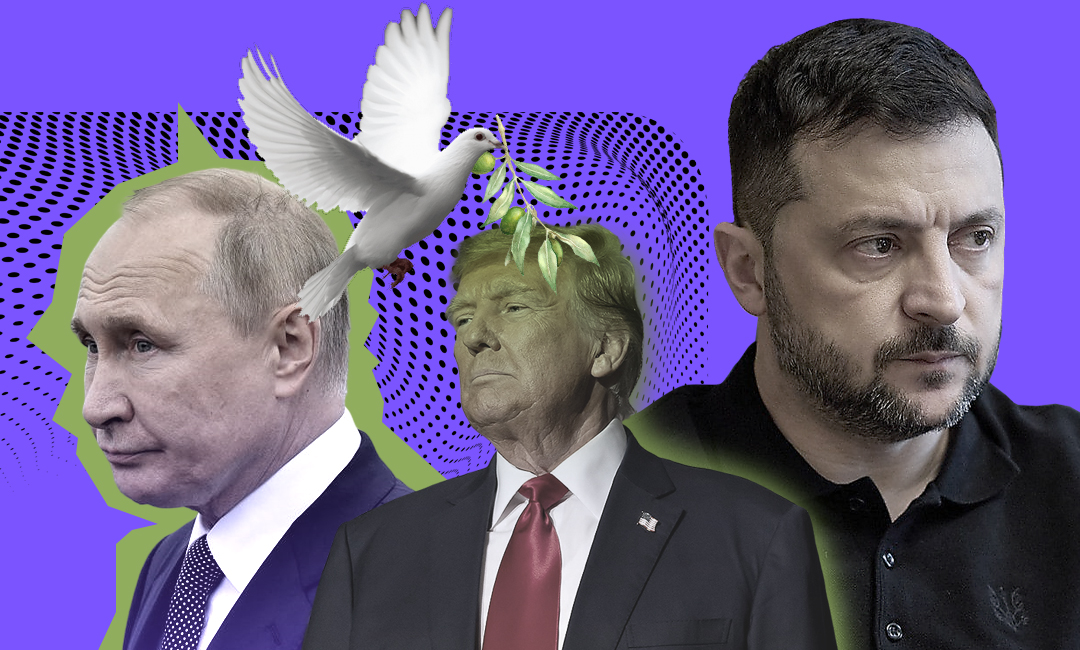Five Key Questions Loom Over Trump’s Push for Ukraine-Russia Talks

Despite days of intensive diplomacy in Washington and Trump’s public pledge to broker direct talks, significant differences persist between Moscow’s demands and Kyiv’s conditions, casting doubt on whether negotiations can advance, The Gaze reports, citing Politico.
With the White House now weighing possible venues and security commitments, and with Putin’s intentions still unclear, Politico outlines five critical questions that will shape the prospects of a potential peace conference.
Will Putin Show Up?
The success of Trump’s plan depends heavily on Putin’s willingness to meet Zelenskyy face-to-face. Russian Foreign Minister Sergei Lavrov said Tuesday that talks would need to proceed “step by step,” starting at a technical level. Past attempts at arranging such encounters have often been used by Moscow to delay substantive negotiations while its forces continue attacks in Ukraine.
Dividing Security Guarantees
A central issue remains how to divide security commitments between the United States and Europe. Trump stressed that European allies such as France, Germany, and the United Kingdom were expected to provide troops, while the U.S. role could involve air support. Senior U.S. officials have indicated Washington has not set “red lines” on its potential contributions.
Where Could Leaders Meet?
Geneva was floated by French President Emmanuel Macron, while Putin has proposed Moscow. U.S. officials are considering Budapest, Hungary, where Prime Minister Viktor Orbán could host the gathering. Such a choice would carry symbolic weight for Ukraine, recalling the unfulfilled promises of the 1994 Budapest Memorandum, when security assurances failed.
The Question of Territory
Trump has spoken of possible “land swaps” that would see Russia keep parts of the Donbas in exchange for relinquishing other occupied areas. Putin insists on territorial gains as a precondition for peace, while Zelenskyy has repeatedly rejected any deal that trades land for an end to the war.
Trump’s Shifting Position
He has at times praised Putin while criticizing Zelenskyy, only to later express frustration at Russia’s lack of genuine engagement. After his Alaska meeting, Trump echoed Kremlin demands to move beyond talk of a ceasefire and to rule out NATO membership for Ukraine. Yet Monday’s White House summit appeared to bring him back toward Ukraine’s position, though whether that shift endures remains uncertain.
As The Gaze reported earlier, U.S. President Donald Trump said Washington may provide air support to back a possible peace agreement in Ukraine but ruled out deploying American troops.